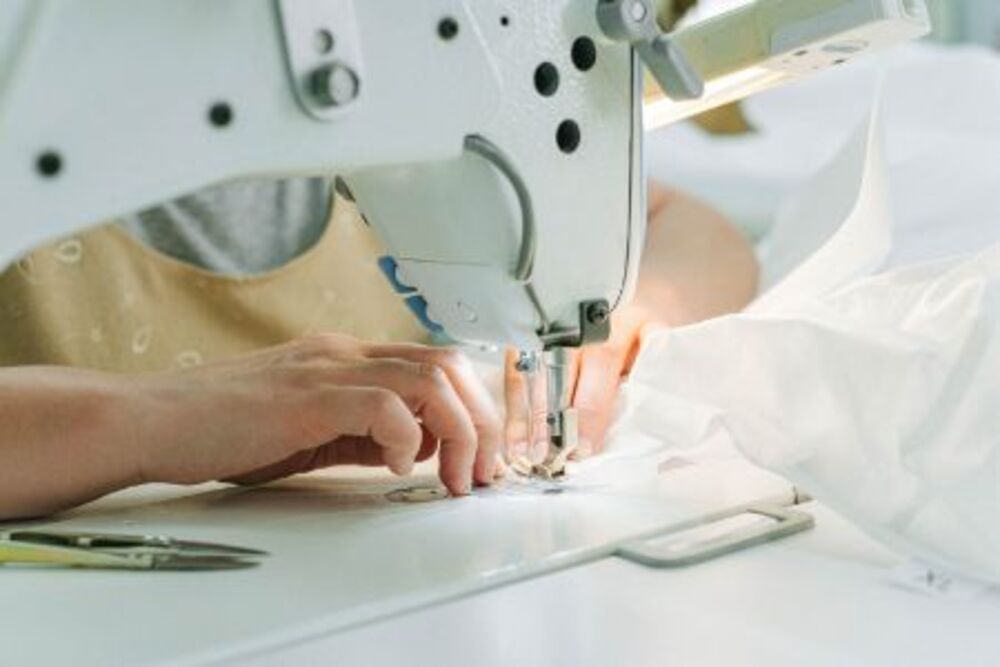Types and Features of Sewing Machines
When it comes to hemming pants, sewing patches on clothes or embellishing crafts, having the appropriate sewing machine and embroidery machine for beginners makes all the difference. From beginners to experienced seamstresses alike, there’s sure to be one out there that meets all your needs perfectly.
Some embroidery machines are specifically tailored to certain fabrics while others boast an array of decorative stitches and embroidery features that encourage creativity.
Needle Up/Down
Some people divide sewing machines into several categories based on how they operate: mechanical, electronic and computerized. Most of us envision the classic mechanical sewing machine when we think of one; these may not be as sturdy but still perform basic tasks if purchased cheaply enough. Electronic and computerized models offer much greater versatility as they provide features such as needle up/down capabilities and automatic bobbin winding; some can even produce embroidery stitches!
Some sewing machines also perform additional specialized functions, like creating bar tacks and buttonholes. A serger is ideal for producing durable seams as it aids with hemming fabric edges and binding cut edges, while safety stitch machines make quick work of sewing knit fabrics such as activewear and stretchy clothing, while buttonhole sewing machines help quickly produce buttons for clothing.
Needle Threader
Needle threaders are low-tech tools designed to make sewing an enjoyable experience for those who struggle with seeing or holding their hand steady. A typical pull-type needle threader consists of a short length of wire bent into a diamond shape which you guide through the eye of your sewing needle before threading through its loop back onto its handle – thus threading your needle.
Needle threaders can range from basic wire loop pull threaders that cost just pennies to more complex models with features such as light for improved visibility or built-in thread cutters. While some modern sewing machines have grooves in their needle eyes that allow thread to pass without using needle threaders, this tool remains essential both hand and machine sewing and provides an ideal option for those struggling with manual threading of needles.
Bobbin Winder
This device allows for rapid yarn winding. A thread mast holds an empty bobbin that is filled with yarn from a larger spool, which then loops around it. A bobbin guide can also be found at the base of mast, along with a tiny hex tool to tighten it if required.
The bobbin guide ensures that thread is wound evenly on its bobbin, using only the required amount. Unevenly wound bobbins may lead to stitch jams or other sewing complications.
Weavetech ABW-10 bobbin winder is an exceptional high-quality machine equipped with a mechanically adjustable winding ratio and an embossed white line to indicate when to stop automatically. Capable of handling filament yarn deniers ranging from 1200-1800 and plies up to 20, this handcrafted hard maple and maple veneered premium plywood construction features natural Danish oil finish for long lasting quality performance and accepts most commercial bobbins such as LeClerc Schacht Harrisville available bobbins/pirns among many others.
Thread Spool
Thread is essential when sewing, and having an efficient thread stand can make sure it stays at hand without tangles and twisting while sewing.
Thread can be wound onto spools using one of two techniques – stacking or cross-wounding. Stacked thread lays parallel around the spool while cross-wound thread forms an X around it.
Stack-wound thread is one of the most frequently used types of thread. It is easily available and comes in an extensive selection of colors; popular brands such as Coats & Clark, Gutermann and Madeira produce such thread.
Quality thread spools should include labels with information such as fibre content, manufacturer and color number as well as weight and strand count information. Strand count provides insight into thread thickness; higher numbers indicate thicker and stronger threads which may prove ideal for machine embroidery as well as withstanding high temperatures during pressing.

